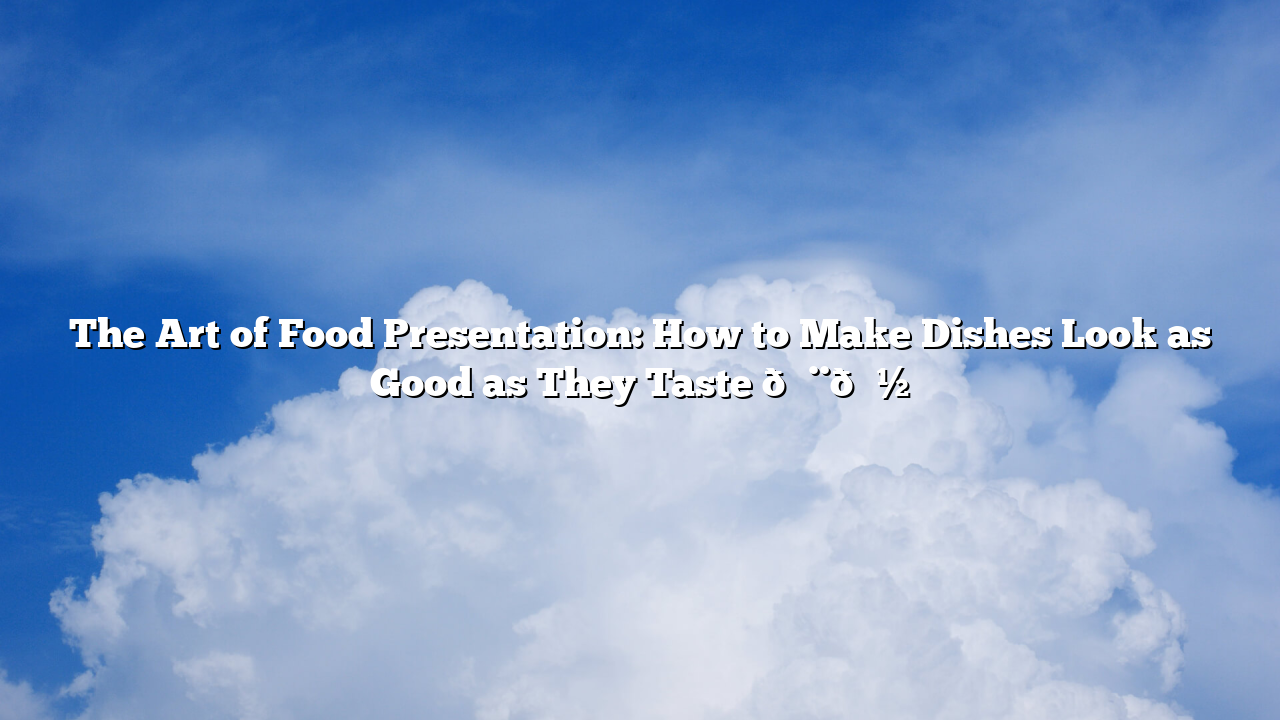They say, “We eat with our eyes first.” A well-presented dish can make a meal feel luxurious, even before the first bite. Whether you’re serving a home-cooked dinner or plating food for a restaurant, the way a dish looks can enhance the overall dining experience.
But food presentation is more than just making a plate look pretty—it’s about balance, color, texture, and storytelling. In this article, we’ll explore the art of plating, tips for making dishes visually appealing, and how presentation impacts our perception of taste.
1. Why yokubet ?
Food presentation influences how we perceive flavor and quality. Here’s why it matters:



2. The Basics of Food Plating: Key Elements to Consider
Professional chefs follow certain rules to make their dishes look appealing. Here are the essential elements of plating:












3. Simple Food Plating Techniques to Try at Home
Want to elevate your food plating skills? Try these techniques:








4. How Food Presentation Affects Taste
Believe it or not, how food looks can change how we taste it! Studies show that:


This is why fine dining restaurants put extra effort into plating and presentation—it enhances the overall experience!
5. Food Plating Trends: What’s Popular Today?
Food presentation styles evolve over time. Here are some trending plating techniques:



6. Conclusion: The Art of Making Food Look Irresistible
Mastering food presentation is about more than just making a dish look good—it’s about enhancing the overall eating experience. Whether you’re cooking at home or for an event, small details in plating can make a huge difference.
So next time you serve a dish, take an extra minute to plate it beautifully—you’ll be amazed at how much it elevates the meal!
What’s your favorite plating style? Let’s chat in the comments!
The Art of Food Presentation: How to Make Dishes Look as Good as They Taste 


























Leave a Reply